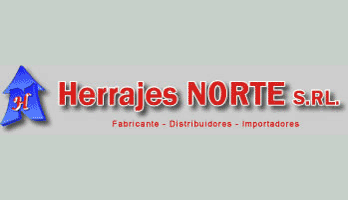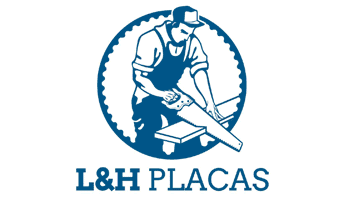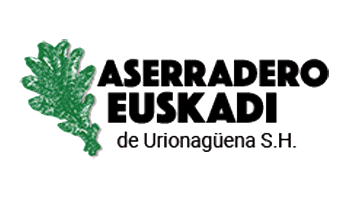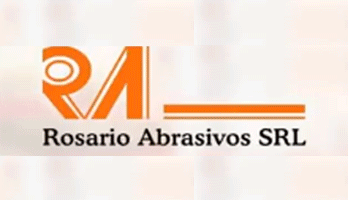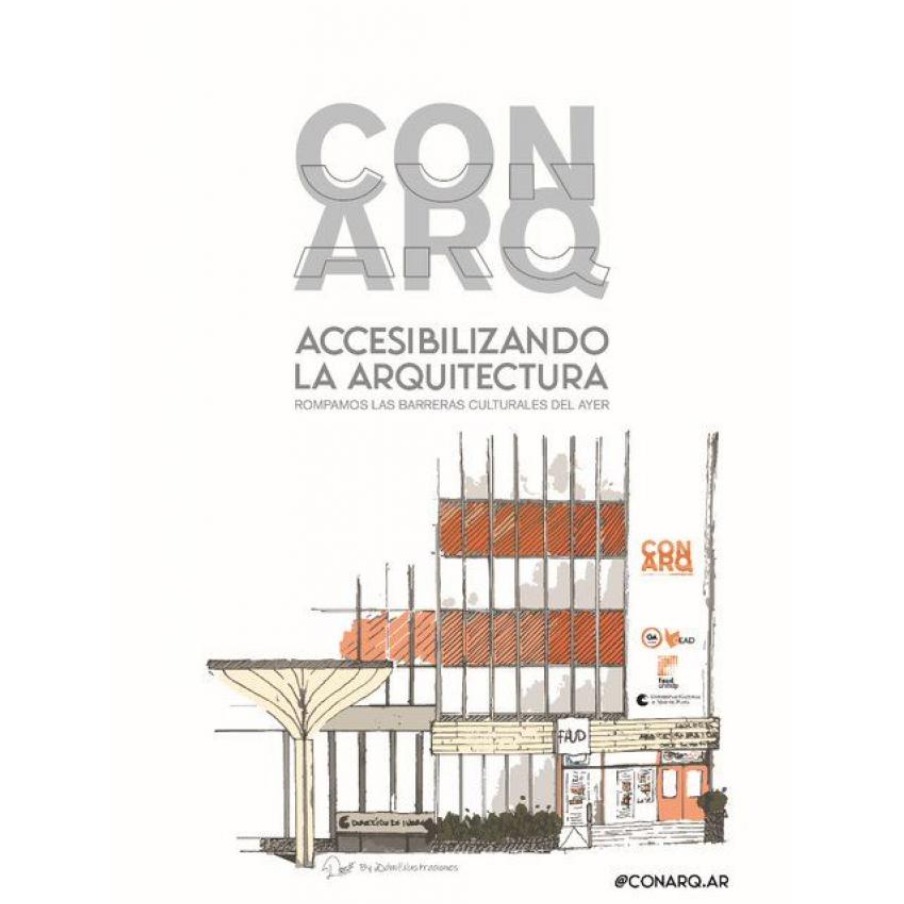
The VI National Congress of Architecture Conarq 2024 in Mar del Plata is coming
It will be held from August 16 to 18 in various Marplatean spaces. The coordinator, Facundo Herrara, said that Congress will seek to reflect on how architecture can contribute to a more inclusive and accessible city for all.
Mar del Plata prepares to be the headquarters of the VI National Congress of Architecture, CONARQ2024, which will take place from August 16 to 18 in various spaces in the city, including the Manuel Belgrano University Complex, the Cultural Center of Paseo Aldrey, The Mar Museum, and the House on the Arroyo. This Congress, considered one of the most important in the country for architecture students, promises to be a leading event in the academic and professional field, with great participation of the local community. National Congress of Architecture Students, initiated in 2018 in Mendoza, has become a crucial meeting point for architecture students of National Universities of Argentina. According to Facundo Herrera, coordinator of CONARQ, ?the continuity and regularity of its meetings has strengthened The fraternity links between students throughout the country, at a federal level that promotes the exchange of values, expectations and purposes for the training of future professionals of architecture and urbanism. ?The event will feature the participation of students from various faculties Of architecture, including the FADU-UBA, the FAPYD-UNR, the FAU-UNLP, LA FAU-UNNE, FAUD-UNC and FAUD-UNMDP.Además, there will be the presence of recognized professionals in the field, such as the Arq . Architect Denis Pacheco, President of the Brazilian Social Urban Planning Network; Arch. Nora Demarchi, accessibility specialist; and Architect Federico Moretti, teacher at UNMDP. They will also participate outstanding architecture studies such as Mariani-Pérez Maraviglia-Cañadas, Monoblok and Arqa. Facundo Herrera expressed the pride of Mar del Plata for receiving this congress and stressed that the event will focus on the topic ?Accessible to architecture. We break the cultural barriers of yesterday. According to Herrera, accessible implies not only the possibility of accessing housing and labor market, but also art and culture. He added that Congress will seek to reflect on how architecture can contribute to a more inclusive and accessible city for all
IT MAY INTEREST YOU
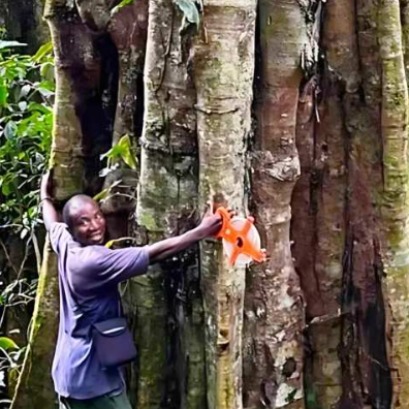 Botanists discover giant trees up to 3,��� years old in Tanzania, unknown until now by science
Botanists discover giant trees up to 3,��� years old in Tanzania, unknown until now by science
Scientists have identified a new species of giant tree, Tessmannia princeps, in the Udzungwa Mountains. This species had never before been recorded by science.
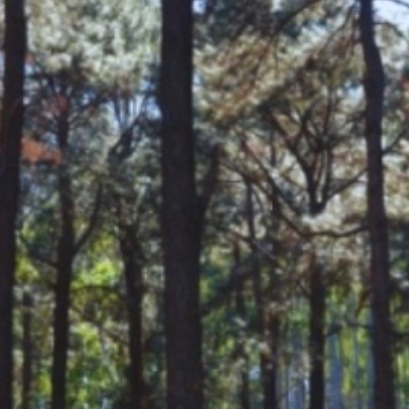 They promote research in pine resins from the NEA
They promote research in pine resins from the NEA
The forestry industry is one of the most important sectors in the economies of Misiones and Corrientes. Thousands of hectares of pine supply the paper, pulp, boards and sawmill industry. Pinus elliottii, one of the species established in the region, in addition to providing wood, is used to produce resin, a non-wood forest product with high demand in the chemical, pharmaceutical and cosmetic industries. In 2\024, resin extraction of approximately 52,6\0\0 tons was achieved from approximately 18,\0\0\0,\0\0\0 trees in production, generating income and jobs with high expansion potential.
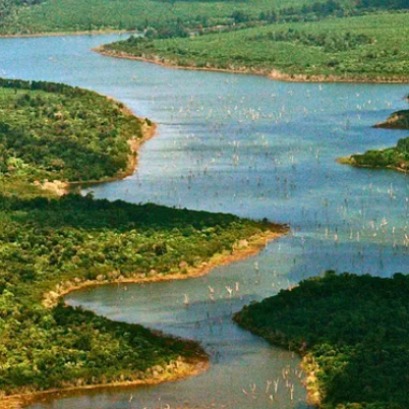 The second largest wetland in South America is located in Argentina: what is it?
The second largest wetland in South America is located in Argentina: what is it?
Argentina has national parks that place it in a unique position within South America, competing with 300 others. Which is the largest? South America is home to more than 300 national parks, but many go unnoticed. There are extensive wetlands that have been the subject of major ecological restoration projects, to coastal mountains with deep indigenous heritage. Today we tell you the case of one located in Argentina.

